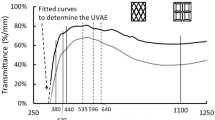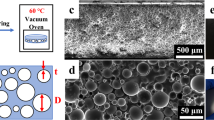Abstract
AT the present time there is great difficulty in obtaining soft glass with a comparatively high coefficient of expansion, suitable for sealing wires into glass tubes, bulbs, etc. The pre-war imported stocks of glass for this purpose are exhausted, and the recently published results of glass research committees do not contain formulas for its manufacture. About three years ago, Mr. George B. Burnside, of the natural philosophy department of the University of Glasgow, discovered a method of hermetically sealing electrical conductors through glass and other vitreous substances. The process is simple, and entirely obviates the use of a “flux” glass; and in view of the present needs, it seems advisable to bring this method again before the notice of those who may find it to their advantage to use it. A general description of the process appeared in the Electrician of July 4, 1913; but the method does not seem to have become so popular as might have been expected from the simplicity and ease of its application. As to the results obtained, the following facts from my own experience may be mentioned as affording proof of its absolute perfection.
This is a preview of subscription content, access via your institution
Access options
Subscribe to this journal
Receive 51 print issues and online access
$199.00 per year
only $3.90 per issue
Buy this article
- Purchase on Springer Link
- Instant access to full article PDF
Prices may be subject to local taxes which are calculated during checkout
Similar content being viewed by others
Author information
Authors and Affiliations
Rights and permissions
About this article
Cite this article
BRYSON, F. On the Sealing of Electrical Conductors through Glass. Nature 95, 370–372 (1915). https://doi.org/10.1038/095370c0
Issue Date:
DOI: https://doi.org/10.1038/095370c0
Comments
By submitting a comment you agree to abide by our Terms and Community Guidelines. If you find something abusive or that does not comply with our terms or guidelines please flag it as inappropriate.



